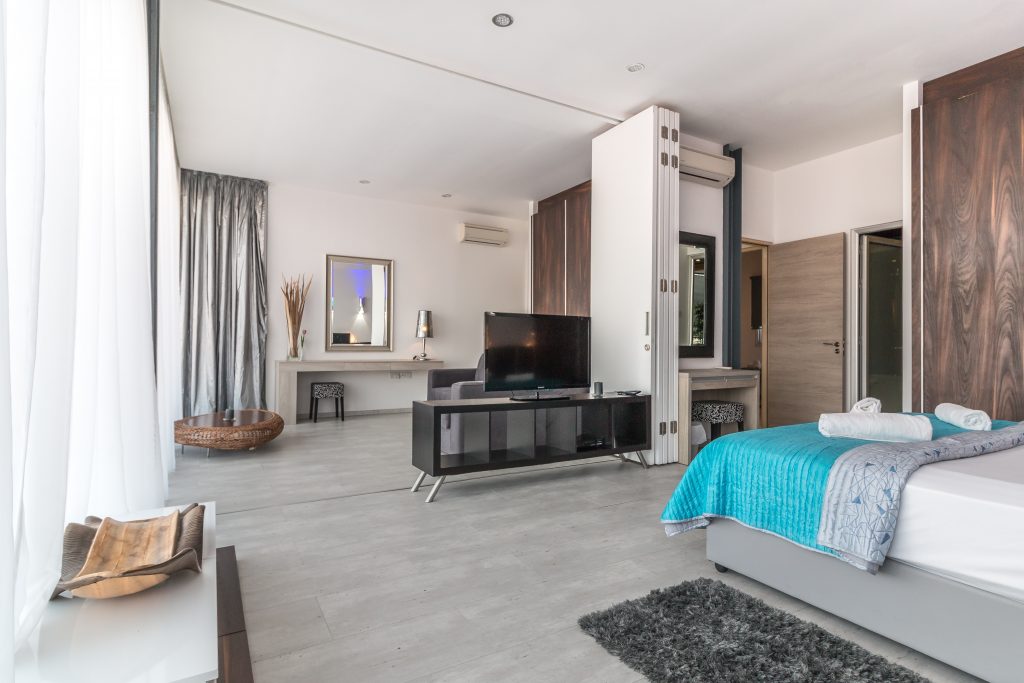 As the experts in the Underfloor Heating field, we sometimes get customers asking us questions as to where Underfloor Heating can be installed. In this article, we will address some of these questions so that you know where Underfloor Heating can be installed.
As the experts in the Underfloor Heating field, we sometimes get customers asking us questions as to where Underfloor Heating can be installed. In this article, we will address some of these questions so that you know where Underfloor Heating can be installed.
- Can it be installed in bathrooms & showers?
- Do I install it in the entire home or what areas should I do?
- Can you install Underfloor Heating on the wall?
- Where can’t floor heating be installed?
- Can Underfloor Heating be installed in an existing room?
Can it be installed in bathrooms & showers?
Yes, Underfloor Heating can be installed in showers and bathrooms. Our Underfloor Heating systems are IP68 meaning they are fully waterproof making them safe to install in wet areas
The shower in particular is a space that people haven’t considered heating, why would you run heating in the shower?
The common thought is that the water heats the floor which is correct, however, once the shower is over, the Underfloor Heating helps to dry the floor thereby minimising the risk of mould build-up and decolouring of grout.
Do I install it in the entire home or what areas should I do?
As part of the question as to where can Underfloor Heating be installed, we find consumers are trying to work out if they install the heating in the entire home or what areas they should do.
Thermogroup offers a range of different systems suited to almost all floor build-ups and floor finishes so this means that Underfloor Heating can be installed throughout the entire home.
So then what areas are best? This really varies based on the exact application however we typically start with the coldest floor finish, being a tile or cement floor finish. This means that bathrooms are the most common area for installing Underfloor Heating.
Following, this other areas with a cold floor finish, are typically living areas, kitchens and dining rooms. Lastly, you move to the other floor finishes, such as carpet, vinyl, timber etc.
If you want to discuss your specific floor layout and plan, get in touch to speak with our team.
Can Underfloor Heating be installed on the walls?
Yes, Underfloor Heating can be run up your walls providing that the cable still is covered in a cement-based product.
Underfloor Heating is commonly installed on the walls in two applications. Firstly in the shower area, this minimises the drying time after a shower, again reducing the likelihood of mould build-up and decolouring of grout. The second application is to run it behind a non-heated towel rail to help reduce the drying time of your towel. This application was so common that we have introduced a pre-made panel for the application, you can view our Thermorad product here.
Whilst Underfloor Heating can work to run on your walls, it is worth discussing with your tiler as the thickness of the cable on the wall can be a challenge when tiling.
Where can’t Underfloor Heating be installed?
There is only a handful of places where floor heating can’t or is not recommended to be installed.
Firstly, below permeant floor mounted fixtures. Things such as baths, toilets, and floor-mounted vanities as well as cupboards and other furniture that sits directly on the ground. The reason for this is that the heat builds up below these fixtures which has the potential to lead to burnout of the cable.
Secondly, Underfloor Heating can’t be installed in a build-up where the heat cannot sufficiently pass through to rise up in the room. For instance, some carpets have a TOG rating that is too high for the heat to effectively pass through. Likewise, if the heating is below a carpet or timber underlay, this may provide too high a level of insulation and therefore the heat is trapped.
Lastly, Underfloor Heating can’t be installed below some floor finishes. Certain floor finishes are not suitable for use with Underfloor Heating. This particular applies to some timbers, mostly natural timbers where there is the potential for the timber to become dried out. There are also some carpets, as mentioned which have a high TOG rating meaning they are unsuitable for use with Underfloor Heating.
For floor finishes other than tiles or store, we recommend checking with the flooring manufacturer to ensure the floor is compatible to be installed with Underfloor Heating.

Can Underfloor Heating be installed in an existing room?
There are two different scenarios to this question, if the floor finish is changing or if the floor build-up remains the same.
If the floor build-up is changing then there may be the opportunity to add Underfloor Heating before the new floor is laid. Additional power would need to be run to the thermostat point for powering the heating.
In the second application where the floor finish is not changing the options are dramatically limited. The only scenario is if you have a suspended timber floor, and you can heat the underneath of the floor, so it passes up through to the existing floor. This will be dependent on your floor joist spacing so speak to our team to find out if this is something that you can do.
As the answer to if Underfloor Heating can be added to an existing floor can vary so much by scenario, it may be best to get in contact with our team to discuss your application.
Summary
So there you have it, information on where Underfloor Heating can be installed, what rooms to install in, if it can go in the bathroom and shower or on the wall, where it can’t be installed, and if it can be added to an existing room.
If you have experienced Underfloor Heating you know that you want it installed everywhere that you can so we trust this article has helped you to get an understanding of where Underfloor Heating can be installed. If you have any specific questions about your application please get in touch with our team and we would be happy to help.

Find the perfect Underfloor Heating for your home
|

Question not answered yet? We are here to help
|
